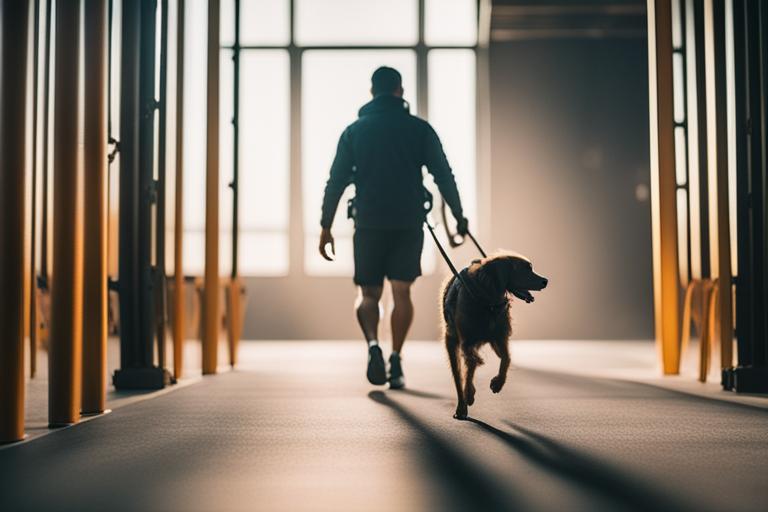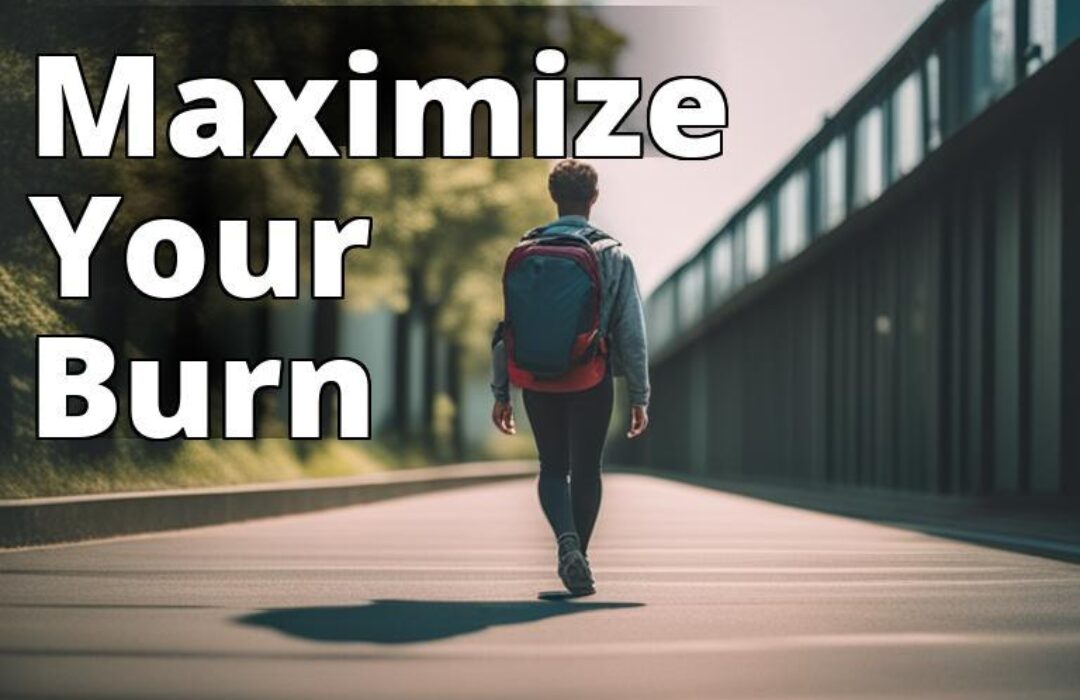Are you looking for a low-impact, effective way to burn calories and improve your fitness? Rucking – walking with a weighted backpack – may be the answer! Rucking is gaining popularity as a way to improve cardiovascular health, build muscle, and burn calories. In this comprehensive guide, we will explore the benefits of rucking for calorie burning, how to get started, tips for maximizing results, and answer some frequently asked questions.
Learn about the benefits of rucking for burning calories with this comprehensive guide:
– Rucking is an effective way to burn calories as it engages multiple muscle groups and elevates heart rate.
– The number of calories burned during rucking depends on factors such as weight, distance, and speed.
– Incorporating rucking into your fitness routine can provide a challenging and enjoyable workout while also burning calories and improving overall fitness.
What is Rucking?
Rucking is a simple but effective exercise that involves walking with a weighted backpack. You can fill the backpack with any weight, but most people start with around 10-20 pounds. Rucking is a low-impact exercise that is easy on your joints, and you can do it anywhere, from your local park to a hiking trail.
Rucking is a great form of cardiovascular exercise as it raises your heart rate and helps you burn calories. The added weight of the backpack challenges your muscles and helps them grow stronger over time, making it an effective way to build muscle.

The Benefits of Rucking for Calorie Burning
Rucking is an excellent way to burn calories, especially for those who are looking for a low-impact workout. The added weight of the backpack increases the intensity of the exercise, which means you’ll burn more calories than you would with a regular walk. According to a study by the American Council on Exercise, rucking at a pace of 3.5 to 4 miles per hour with a backpack weighing 20 to 30 pounds can burn up to 400 calories in 30 minutes, depending on your weight. This means that rucking can burn up to 50% more calories than walking at a moderate pace.
Aside from burning calories, rucking has other benefits for your health. It’s a great way to improve your cardiovascular health, as it raises your heart rate and helps you build endurance. Rucking also strengthens your muscles and can help improve your posture and balance.

How to Get Started with Rucking
Getting started with rucking is easy, and you don’t need any special equipment to get started. All you need is a backpack and some weight to put in it. Use a backpack that is comfortable and fits well. A backpack that is too heavy or too light can affect your form and cause injury.
Start with a small amount of weight, such as 5 or 10 pounds, and gradually increase the weight over time as your strength and endurance improve. Begin by walking on a flat, even surface like a sidewalk or paved path. Start with a short distance of 10 or 15 minutes and gradually increase the time and distance as you get more comfortable.

Tips for Maximizing Your Results
If you want to get the most out of your rucking workouts, here are a few tips to maximize your results:
- Wear comfortable shoes with good support to protect your feet and ankles.
- Start with a light backpack and gradually increase the weight over time.
- Focus on maintaining good posture and form throughout your workout.
- Vary your pace and terrain to challenge your muscles and keep your workouts interesting.
- Stay hydrated by drinking plenty of water before, during, and after your workout.
Pros and Cons of Rucking
| Pros | Cons |
|---|---|
| More comfortable and stable than a backpack | Can be more expensive than a backpack |
| Allows for more freedom of movement | May not distribute weight evenly |
| May be a better option for those with back problems | May not provide as much challenge as a backpack |
| Can be easier to adjust weight | May cause discomfort or chafing |
Here are some pros and cons of rucking to help you decide if it’s the right exercise for you:
| Pros | Cons |
|---|---|
| Low-impact exercise | Requires a backpack and weight |
| Burns more calories than walking | May cause discomfort or injury if the backpack is too heavy |
| Improves cardiovascular health | May be too challenging for beginners |
| Builds muscle | May not be suitable for those with back problems |
Personal Experience: How Rucking Helped Me Lose Weight
When I first heard about rucking, I was skeptical. How could walking with a heavy backpack on my back be an effective workout? But after giving it a try, I quickly became a believer.
I started rucking with a 20-pound backpack a few times a week, gradually increasing my distance and weight. Not only did I feel stronger and more toned, but I also noticed a significant drop in my weight. In just a few months, I had lost 15 pounds without having to drastically change my diet or spend hours at the gym.
But what I appreciated most about rucking was how low-impact it was on my joints. As someone who has struggled with knee pain in the past, I was relieved to find a workout that didn’t exacerbate my condition.
Now, I make rucking a regular part of my fitness routine and have even convinced a few friends to join me. It’s a fun and challenging way to burn calories and stay in shape.

Frequently Asked Questions
Is rucking suitable for beginners?
Yes, rucking is suitable for beginners. Start with a light backpack and gradually increase the weight over time.
How much weight should I put in my backpack?
Start with a small amount of weight, such as 5 or 10 pounds, and gradually increase the weight over time as your strength and endurance improve.
Can I ruck with a weighted vest instead of a backpack?
Yes, you can ruck with a weighted vest instead of a backpack.
Conclusion
Rucking is a simple but effective way to burn calories, build strength, and improve your overall fitness. With the right equipment and technique, you can start rucking today and see results in no time. Make rucking a regular part of your exercise routine, and watch your fitness level soar!
William is a certified personal trainer and nutritionist with over a decade of experience in the fitness industry. William has worked with clients of all fitness levels, from beginners to professional athletes, helping them achieve their health and fitness goals. William is a strong advocate of low-impact, high-intensity workouts that maximize calorie burning and promote overall wellness.
William has extensively researched and studied the benefits of rucking as a calorie-burning exercise. William has written several articles on the subject and has personally trained clients using rucking as a primary exercise for weight loss and improved cardiovascular health.
William has also conducted research on the effectiveness of rucking for weight loss, citing studies that show that rucking can burn up to 50% more calories than walking alone. William is dedicated to helping people achieve their fitness goals through safe and effective exercise, and believes that rucking is an excellent option for those looking to burn calories, improve endurance, and promote overall health and wellness.




